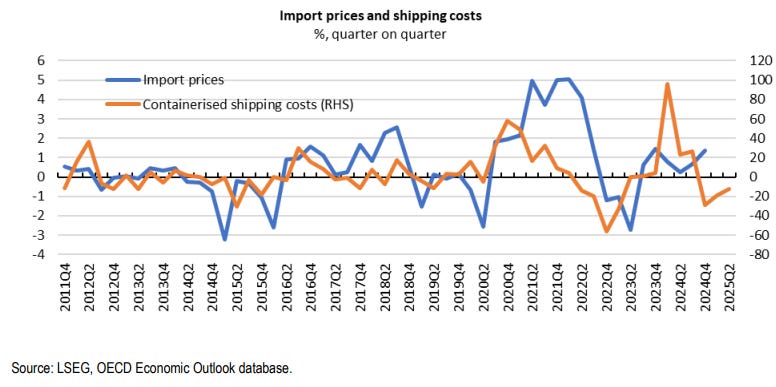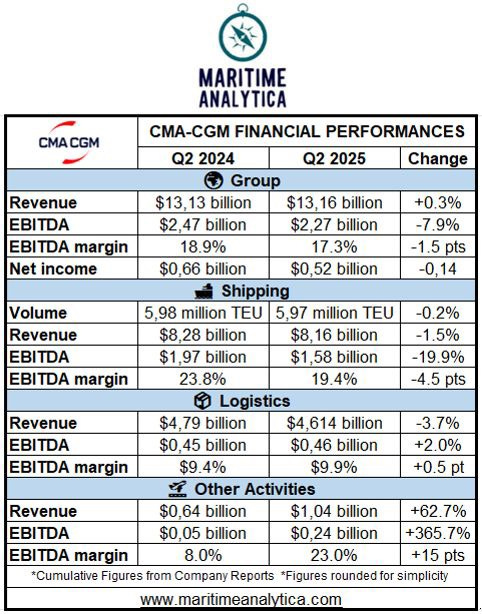🔥What If Every Sea-Freight Spike Became Inflation? Top 10 Must-Knows from the OECD Report!
⁉️How Sea Freight Shapes Global Inflation — and Why It Matters to You?
🎖️Subscribe /✨Sponsorship /📊Exclusive Report /🙏Rate us /🎁Send Gift
🔥 Greetings, Maritime Mavericks!
In 2024, container shipping costs surged +140% — even though oil prices dropped and new vessels entered the market.
So, what triggered the spike?
→ Red Sea attacks,
→ Tariff fears,
→ Front-loaded seasonal trade.
But here's the real shock:
🚨 A 10% rise in freight costs leads to 0.2% import inflation, triggering consumer price hikes across the world.
The OECD's new report now confirms what many in the industry have long suspected:
Sea freight quietly fuels global inflation.
For policymakers, it’s a macro warning. For shipping professionals, it’s a strategic call to action.
👉 Read the original OECD report
Here’s what we’ve distilled — and what it means for you:
📌 Top 10 Key Findings — Every Maritime Leader Must Know
🔮 What Lies Ahead: A New Era of Fragile Flows
🔍 Action Plan for Maritime Executives
🏁 Conclusion: From Silent Mover to Inflation Maker
Let’s dive in…
💡 Position Your Brand at the Core of Global Shipping?
Want to reach real decision-makers in the container shipping world?
Maritime Analytica connects your brand with 200,000+ shipping executives, logistics leaders, and trade influencers through powerful sponsorships and targeted storytelling from 158 countries.
📈 Drive visibility.
🚢 Build authority.
🤝 Earn trust — where it matters most.
Let’s shape the future of shipping, together. 👉 info@maritimeanalytica.com
📌 Top 10 Key Findings — Every Maritime Leader Must Know
📦 A 10% rise in container shipping costs → 0.2% import inflation
➡️In G20 countries, container freight directly increases import prices for manufactured goods.
💸 Import inflation leads to 0.18% core inflation after 1 year
➡️The shock doesn't stay at the port — it reaches consumer prices worldwide.
🛑 Headline inflation impact is smaller (0.08–0.12%)
➡️Food and fuel dominate CPI, but container costs still make their mark.
🔎 Excluding commodities reveals a clearer story
➡️When energy and food are removed, the direct inflationary role of container costs becomes more visible — and more reliable.
🌍 High seaborne dependency = higher inflation risk
➡️If 80% of your trade is seaborne, a 10% shipping cost rise means up to 0.8% higher import inflation in G20 countries.






